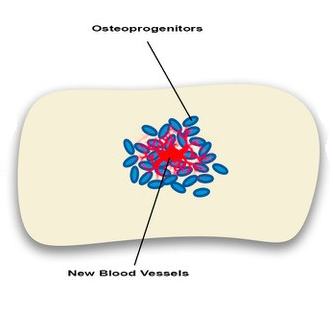Angiogenesis-osteogenesis coupling: a key element in bone physiology and regeneration
Main Article Content
Bone represents a well vascularized structure which is remodelled and renewed continuously. It consists of osteoblasts, osteoclasts and osteocytes which have a precise role in the context of endochondral and intramembranous ossification. While the link between the bone tissue, bone marrow and the haematopoiesis is crucial for the generation of progenitor bone forming cells, recent research indicates that bone physiology as well as bone healing, repair and regeneration is directly dependent on bone angiogenesis. Experimental research suggest that angiogenesis and osteogenesis are directly coupled through a mechanism in which type H endothelial cells have a role of paramount importance. Apart from type H endothelial cells, other molecular elements such as HIF and Notch as well as CD31-endomucin capillaries and miR-497∼195 endothelial clusters may have a significant role in angiogenesis-osteogenesis coupling. The number of type H endothelial cells decreases significantly in elderly and is paralleled by a significant drop in the supply of progenitor cells. This would explain the bone loss and the decreased bone regeneration potential seen in elderly patients. Overall, it is suggested that endothelial cells and bone angiogenesis would represent therapeutic targets in various pathological conditions characterized by bone loss and impaired regeneration.

